Home>Gardening & Outdoor>Landscaping Ideas>What Is The Best Way To Kill Grass
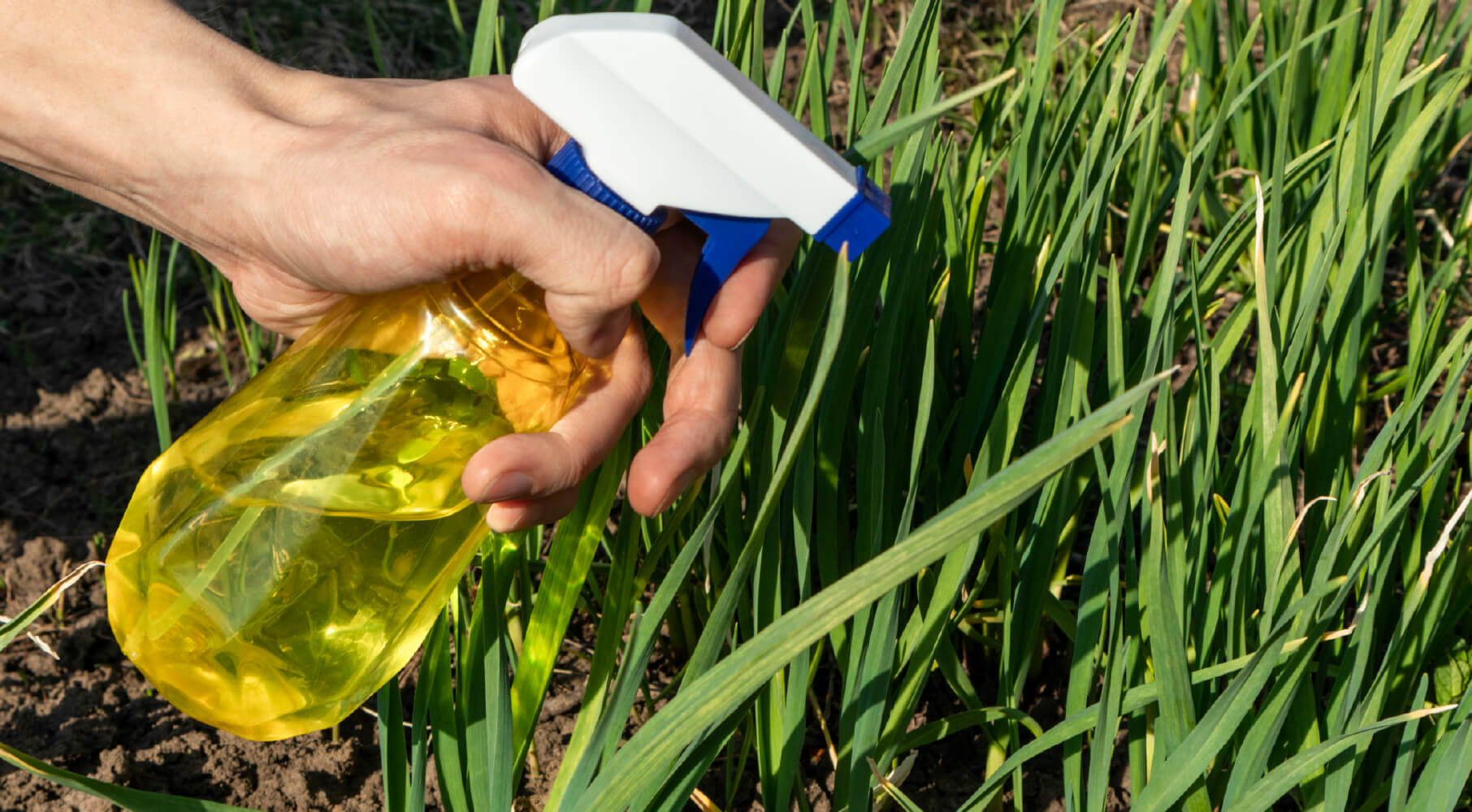

Landscaping Ideas
What Is The Best Way To Kill Grass
Modified: February 18, 2024
Learn effective landscaping ideas for killing grass and transforming your outdoor space. Discover the best methods for removing unwanted grass and improving your landscape.
(Many of the links in this article redirect to a specific reviewed product. Your purchase of these products through affiliate links helps to generate commission for Storables.com, at no extra cost. Learn more)
Introduction
Welcome to the ultimate guide on transforming your landscape. Whether you’re looking to start from scratch with a new garden bed or revamp an existing lawn, the process often begins with clearing the area of unwanted vegetation. While grass can be a beautiful addition to your outdoor space, there are times when you may need to remove it to make way for other landscaping features. This comprehensive guide will walk you through the best methods for killing grass, ensuring that you can start your landscaping project with a clean slate.
Before diving into the specific methods, it’s important to consider the reasons for wanting to eliminate grass from your yard. Perhaps you’re envisioning a vibrant flower garden, a functional vegetable patch, or a serene rock garden in place of the grass. By understanding your end goal, you can choose the most suitable grass-killing method to pave the way for your landscaping dreams.
Whether you prefer chemical, mechanical, or natural approaches, each method has its own set of benefits and considerations. From fast-acting herbicides to eco-friendly manual removal techniques, there’s a solution for every preference and situation. By exploring these options, you’ll be equipped with the knowledge to make an informed decision that aligns with your landscaping vision and environmental values.
Now, let’s delve into the various methods for effectively eliminating grass, allowing you to embark on your landscaping journey with confidence and clarity.
Key Takeaways:
- Choose the best method to kill grass based on your landscaping vision, whether it’s chemical for rapid results, mechanical for precision, or natural for eco-friendly and sustainable practices.
- Before transforming your outdoor space, consider the environmental impact and your landscaping goals to select the most suitable grass-killing method for a flourishing and vibrant landscape.
Read more: What Is The Best Way To Kill Bermuda Grass
Chemical Methods
When it comes to swiftly eradicating grass and weeds, chemical methods offer a potent and efficient solution. Herbicides, which are formulated to target and kill unwanted vegetation, come in various types to suit different needs and preferences. Selective herbicides specifically target grass while leaving other plants unharmed, making them ideal for clearing grass from specific areas without affecting desired plants. Non-selective herbicides, on the other hand, eliminate all vegetation they come into contact with, making them suitable for clearing entire areas.
One of the most common active ingredients in selective herbicides is glyphosate, a powerful compound that effectively kills grass and weeds. When using glyphosate-based products, it’s essential to apply them carefully to avoid inadvertently affecting nearby plants. Additionally, pre-emergent herbicides can prevent grass and weed seeds from germinating, providing long-term control of unwanted vegetation.
Before using any herbicide, it’s crucial to read and follow the instructions on the label diligently. This includes wearing protective gear, applying the product at the recommended concentration, and adhering to safety precautions. Furthermore, consider the environmental impact of chemical herbicides and explore eco-friendly alternatives if sustainability is a priority for your landscaping project.
While chemical methods offer rapid results, they should be used judiciously and responsibly to minimize harm to beneficial plants, wildlife, and the environment. By understanding the properties and potential effects of herbicides, you can make informed decisions about incorporating chemical methods into your grass-killing strategy.
Mechanical Methods
For those who prefer a more hands-on approach to eliminating grass, mechanical methods provide effective and environmentally friendly alternatives to chemical solutions. These methods involve physically removing the grass and its roots, offering a thorough and precise way to clear the area. One of the most common mechanical methods is manual sod removal, which entails cutting and lifting the grass and its underlying soil layer using a spade or sod cutter.
Manual sod removal is well-suited for smaller areas or targeted grass removal, allowing for precise control over the landscaping process. This method is particularly beneficial for individuals who seek to repurpose the cleared sod in other areas of their landscape, minimizing waste and maximizing resourcefulness. Additionally, manual sod removal enables gardeners to inspect the soil and amend it as needed before proceeding with new plantings, ensuring optimal growing conditions.
Another mechanical method for killing grass is through the use of machinery such as a sod cutter or a tiller. Sod cutters efficiently slice through the grass and its roots, enabling swift removal of large sections of sod. Tilling, on the other hand, involves breaking up and overturning the soil to uproot the grass and prepare the area for replanting. These methods are particularly suitable for larger areas or when time and labor efficiency are paramount.
While mechanical methods may require more physical exertion and time compared to chemical approaches, they offer the advantage of being environmentally friendly and sustainable. By opting for mechanical grass-killing methods, you can actively participate in the transformation of your landscape while minimizing the use of synthetic chemicals and their potential impact on the environment.
The best way to kill grass is to use a non-selective herbicide, such as glyphosate. Apply the herbicide on a dry, windless day and follow the instructions on the label carefully to ensure effectiveness.
Natural Methods
For individuals seeking eco-friendly and sustainable approaches to eliminating grass, natural methods offer effective alternatives that align with environmental stewardship. These methods prioritize the use of organic practices and natural elements to suppress and eradicate grass, promoting a harmonious balance within the landscape. One of the key natural methods for killing grass involves smothering the vegetation using various materials such as cardboard, newspaper, or mulch.
Smothering the grass with layers of cardboard or newspaper effectively blocks sunlight and oxygen from reaching the vegetation, leading to its gradual demise. This method is particularly suitable for preparing new planting areas or converting grassy areas into mulched beds. By utilizing organic materials for smothering, you can simultaneously enrich the soil as the materials decompose, fostering a fertile foundation for future plantings.
Another natural approach to grass elimination involves solarization, a method that harnesses the sun’s heat to eradicate unwanted vegetation. By covering the targeted area with a clear plastic tarp, solarization creates a greenhouse effect that raises the soil temperature, effectively killing the grass and weed seeds beneath. This method is especially advantageous in warm climates and during the peak of summer when ample sunlight is available to maximize its efficacy.
Furthermore, employing natural herbicidal solutions such as vinegar-based sprays or boiling water can provide localized control of grass and weeds. These natural alternatives offer a non-toxic means of suppressing vegetation and can be particularly useful for targeting specific areas without causing harm to surrounding plants or the environment.
By embracing natural methods for killing grass, you can contribute to the ecological balance of your landscape while creating a nurturing environment for future plantings. These sustainable approaches not only eliminate grass effectively but also enrich the soil and promote the overall health of the ecosystem, aligning with the principles of organic gardening and environmental mindfulness.
Conclusion
Embarking on a landscaping project often involves the transformation of outdoor spaces to align with your vision and practical needs. Whether you’re creating a vibrant garden oasis, establishing a functional vegetable plot, or crafting a serene retreat, the process of eliminating grass is a crucial step in realizing your landscaping aspirations. By considering the diverse methods available for killing grass, you can select an approach that resonates with your values, preferences, and the specific requirements of your landscape.
Chemical methods, with their rapid and targeted efficacy, offer a convenient solution for clearing grass and weeds. However, it’s essential to exercise caution and environmental responsibility when utilizing herbicides, ensuring that their application aligns with sustainable landscaping practices.
Mechanical methods provide a hands-on and environmentally friendly approach to grass elimination, allowing for precise control and minimal ecological impact. These methods are particularly suitable for individuals seeking sustainable and labor-intensive solutions for their landscaping endeavors.
Natural methods offer eco-friendly and organic alternatives to conventional grass-killing approaches, promoting environmental harmony and soil enrichment. By integrating these methods into your landscaping strategy, you can cultivate a landscape that thrives on sustainable and holistic principles.
Ultimately, the best method for killing grass is one that aligns with your values, environmental considerations, and the unique characteristics of your landscape. By exploring the diverse approaches and tailoring them to your specific needs, you can embark on your landscaping journey with confidence, knowing that you’ve chosen a method that paves the way for the flourishing landscape you envision.
As you prepare to transform your outdoor space, remember that the process of eliminating grass is a foundational step in creating a canvas for your landscaping dreams. By choosing the most suitable grass-killing method, you can set the stage for a vibrant and thriving landscape that reflects your creativity, values, and the natural beauty of the environment.
Frequently Asked Questions about What Is The Best Way To Kill Grass
Was this page helpful?
At Storables.com, we guarantee accurate and reliable information. Our content, validated by Expert Board Contributors, is crafted following stringent Editorial Policies. We're committed to providing you with well-researched, expert-backed insights for all your informational needs.
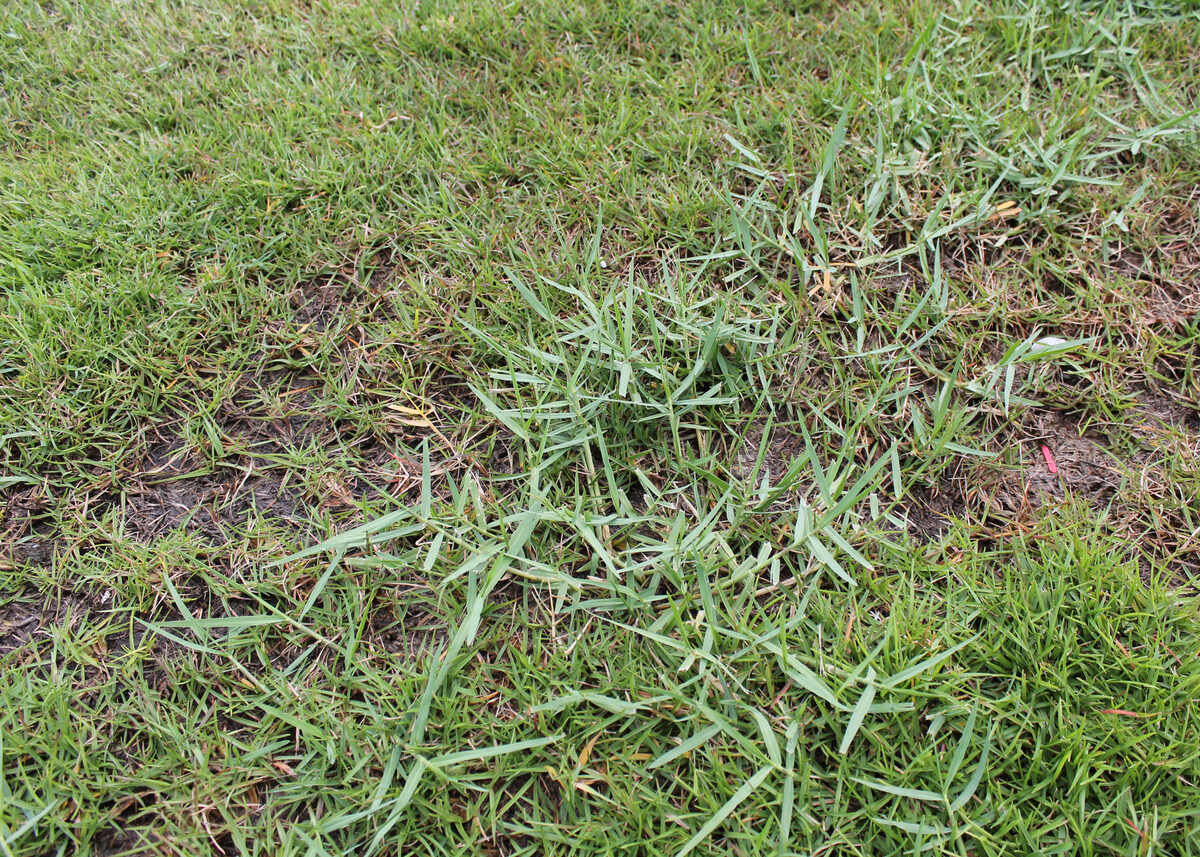
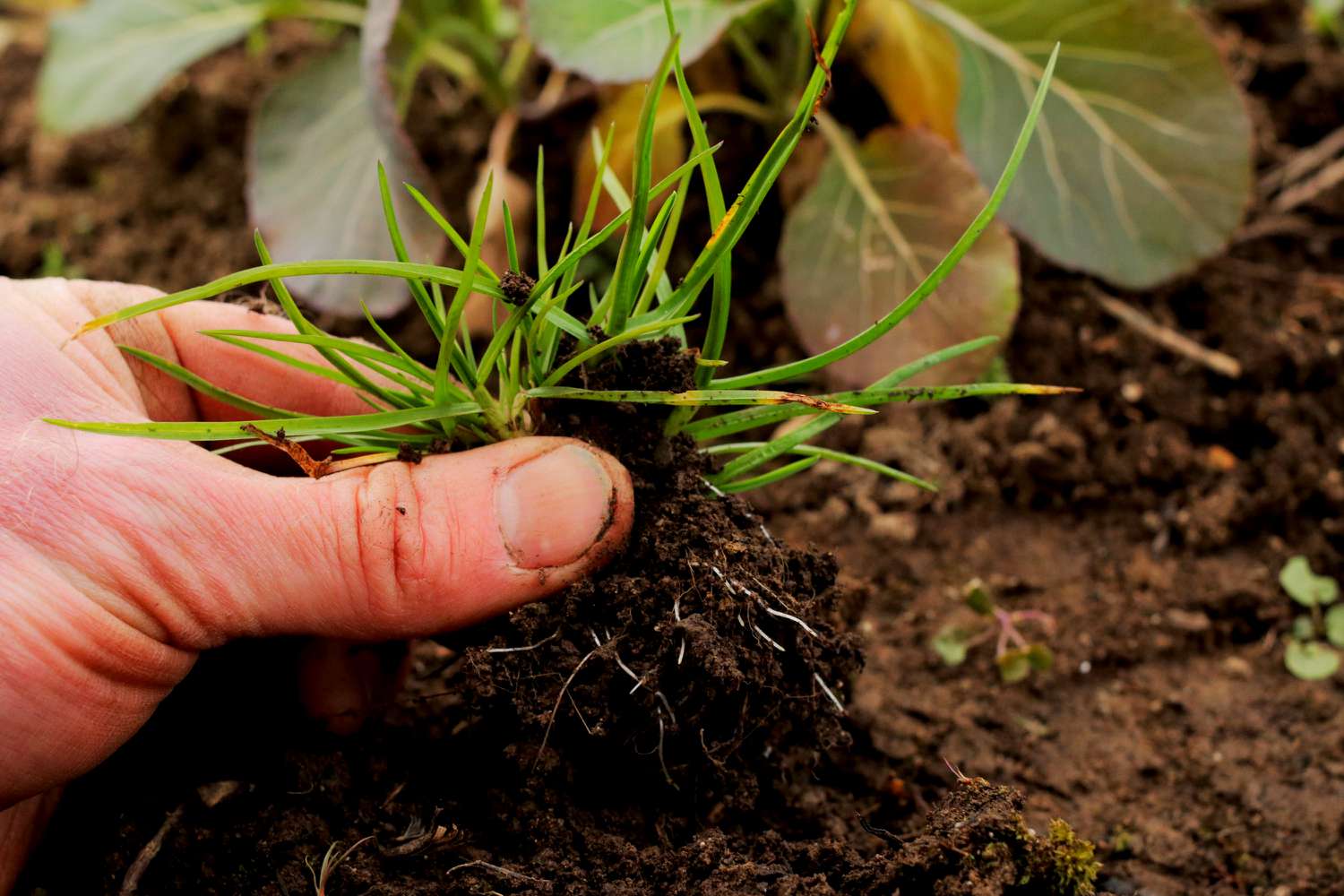
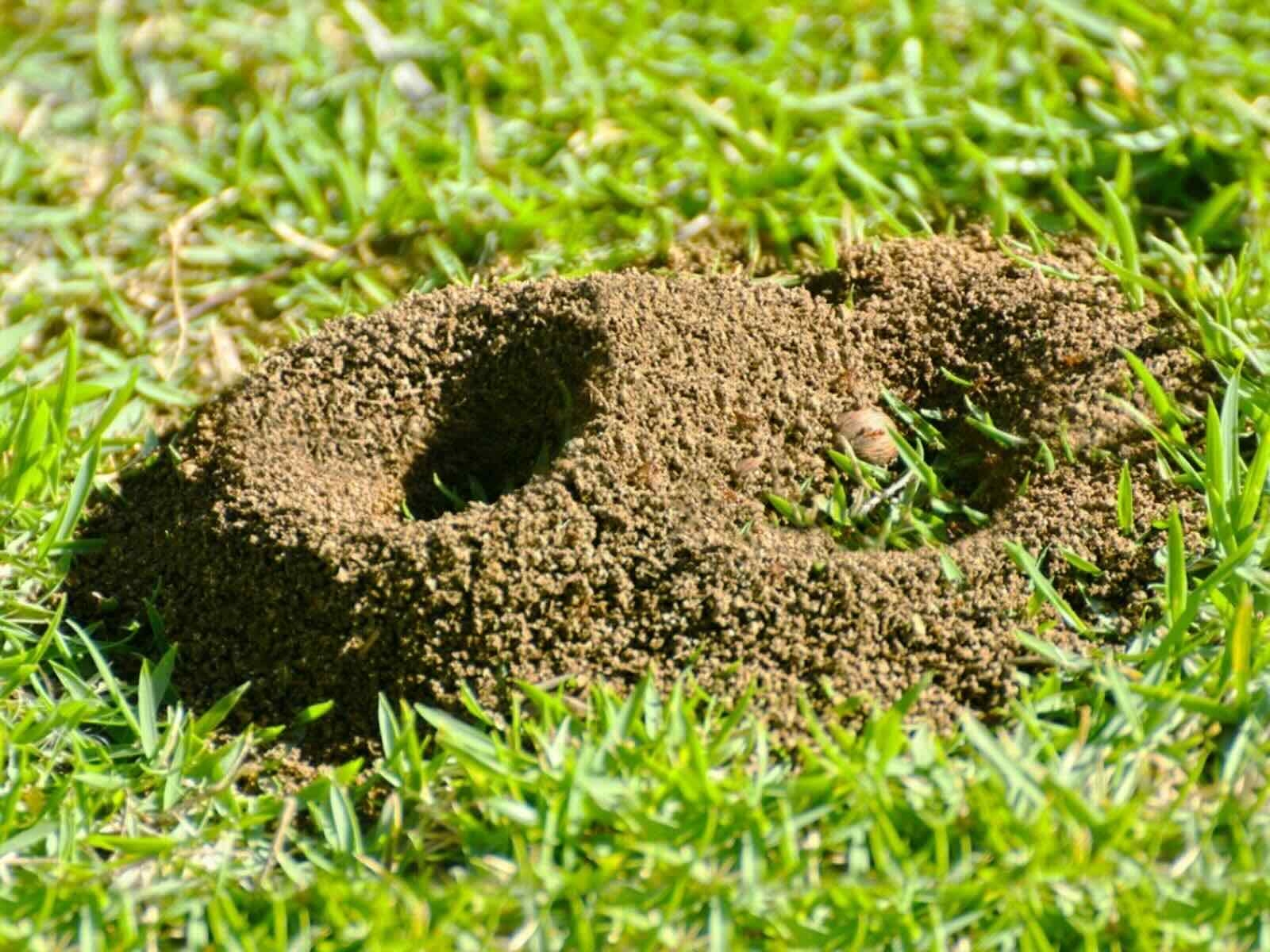
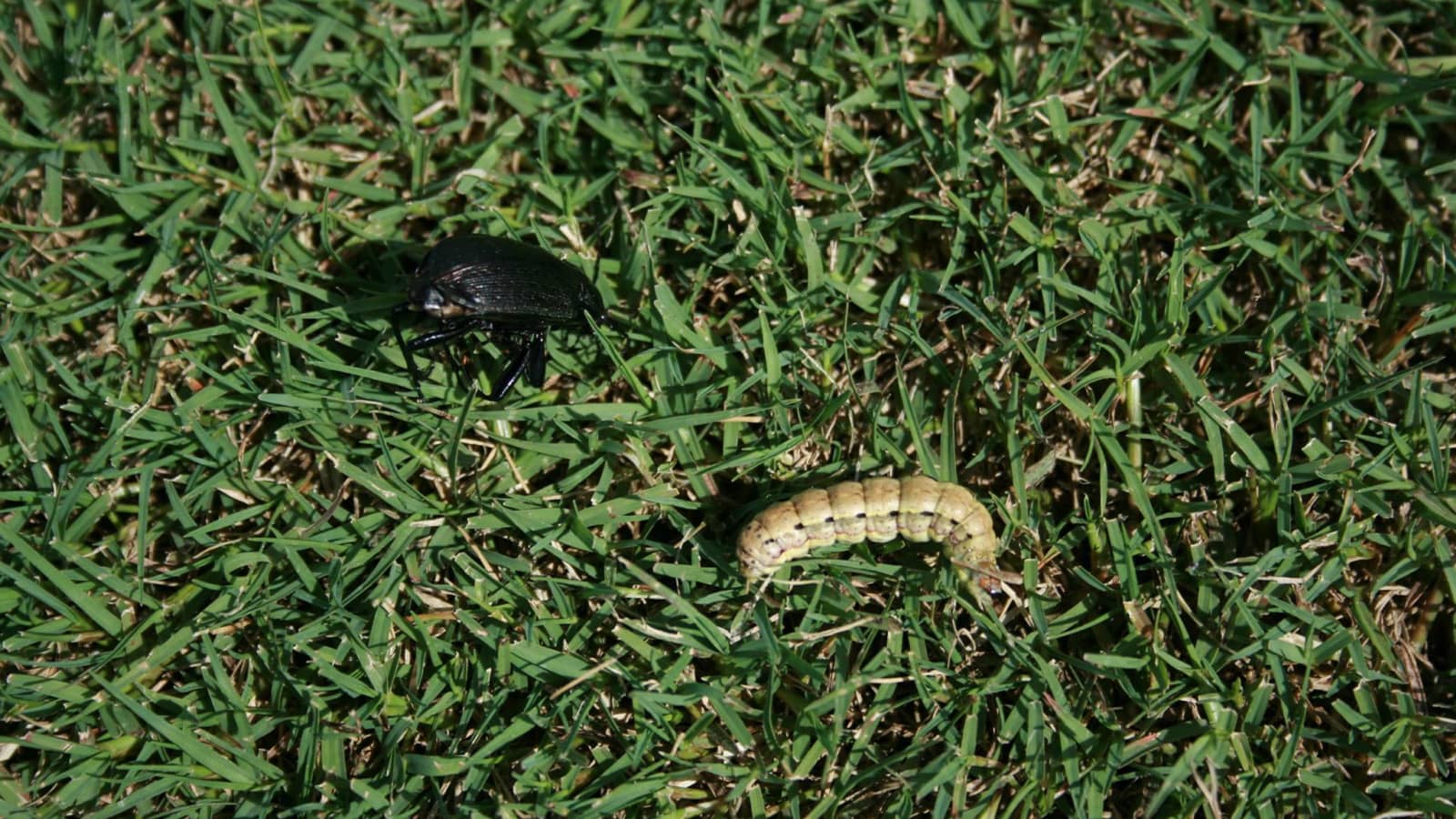
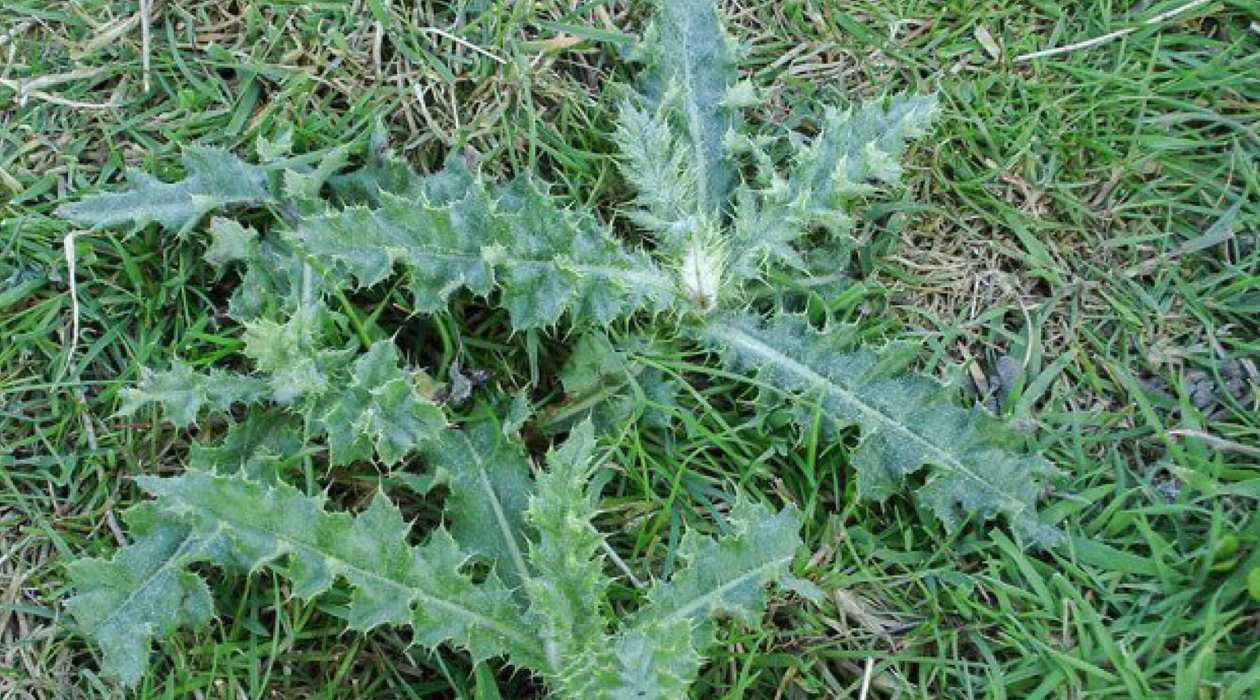
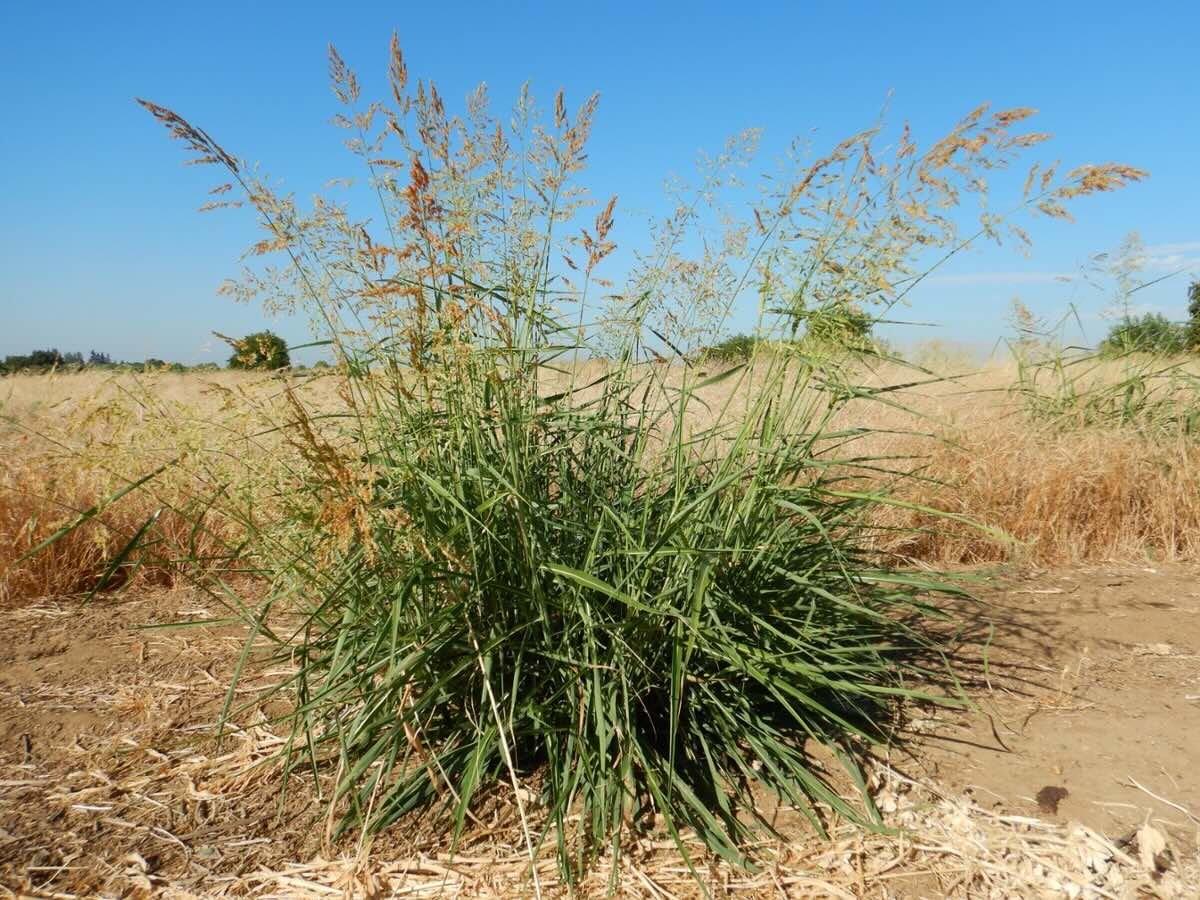
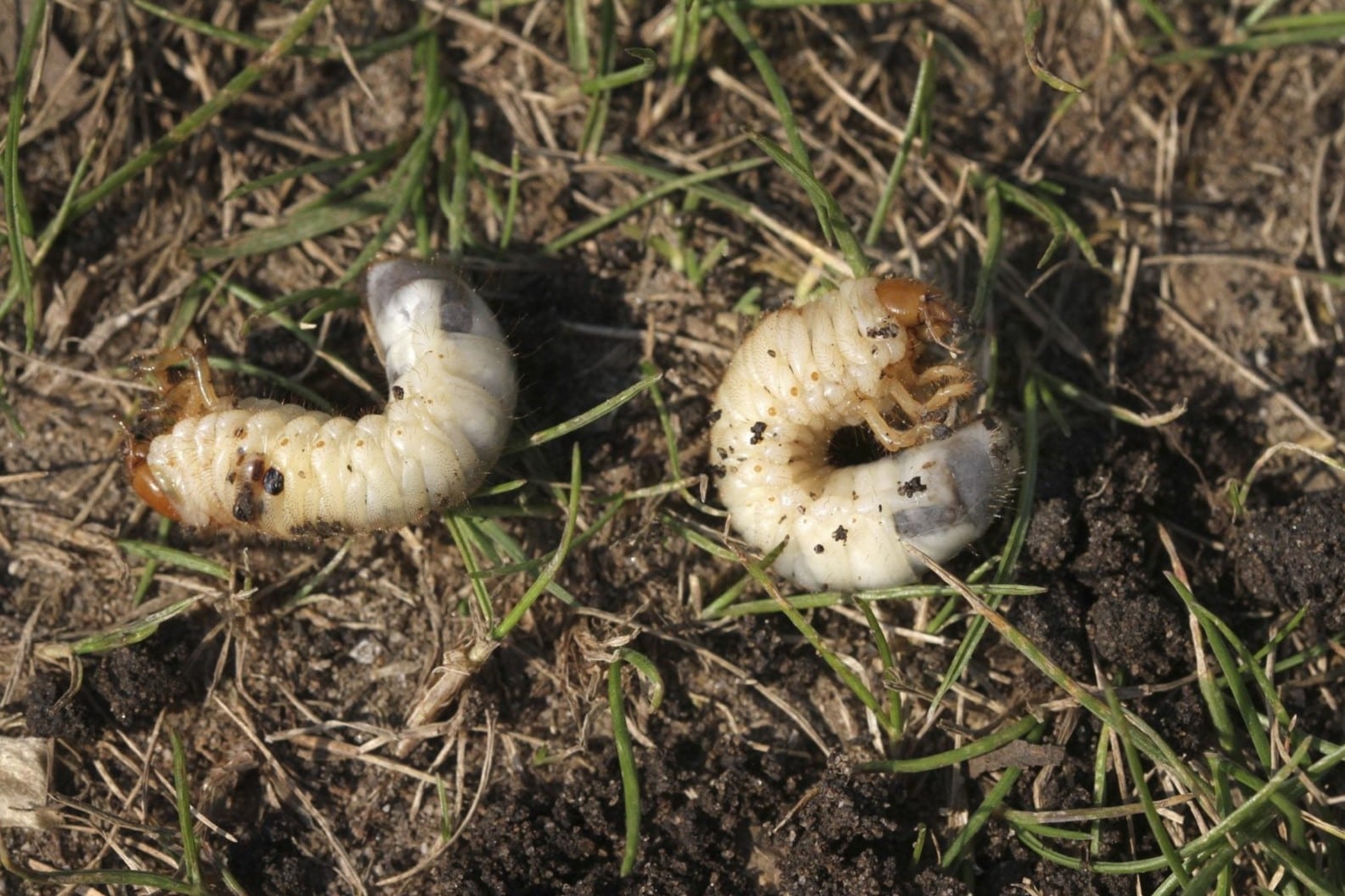
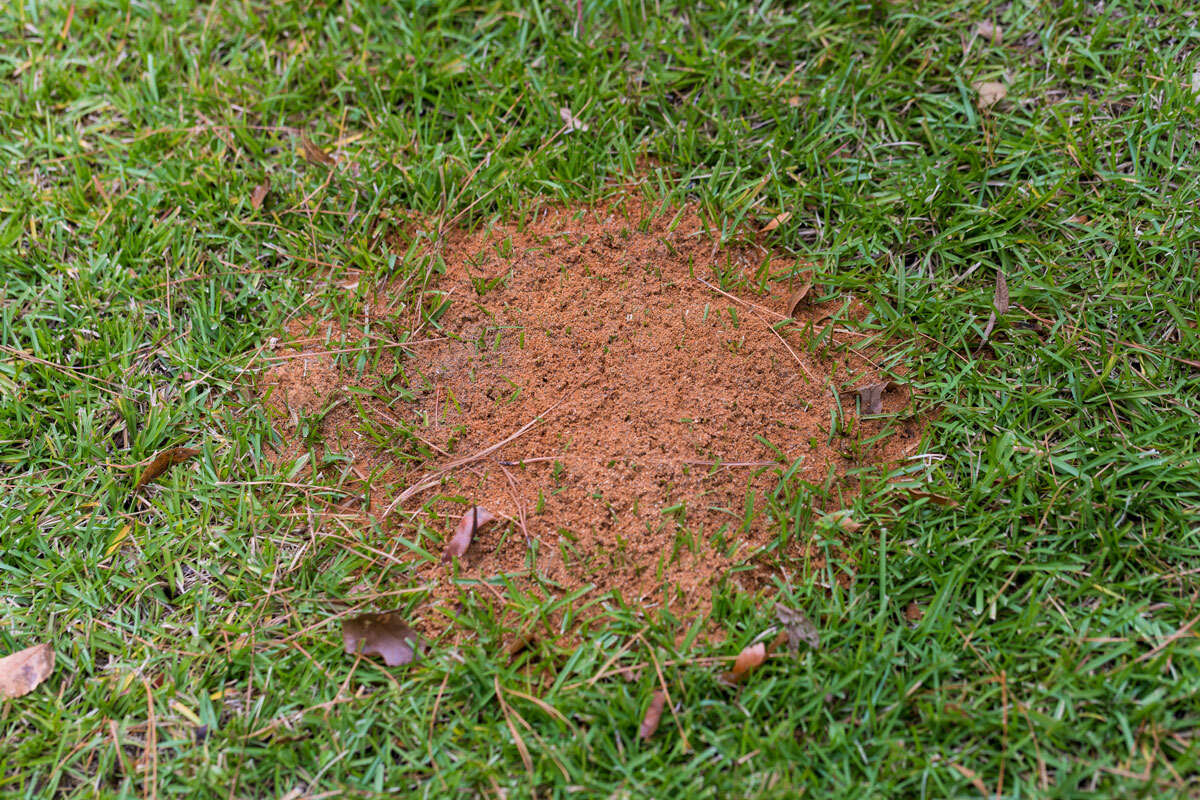
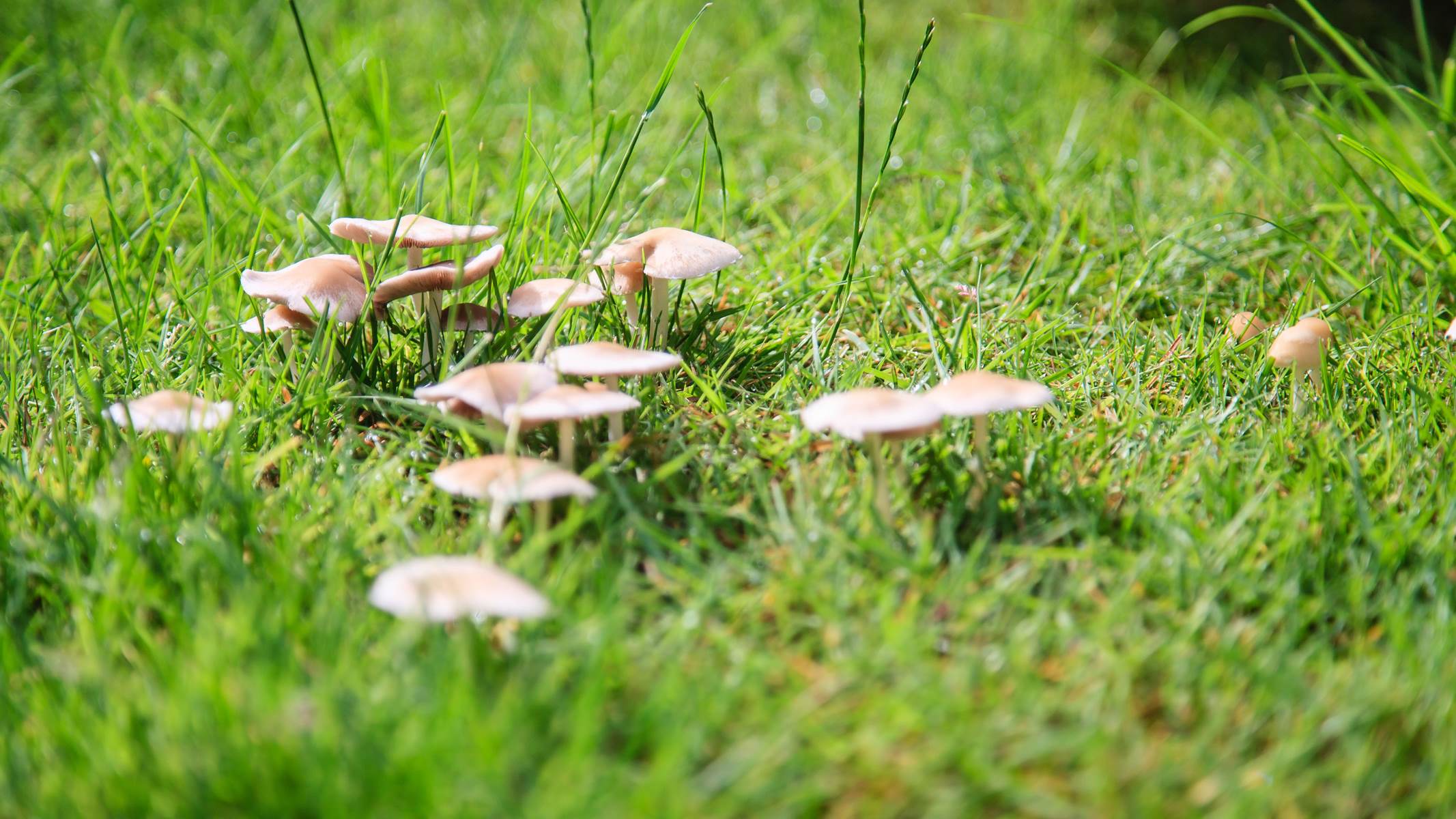
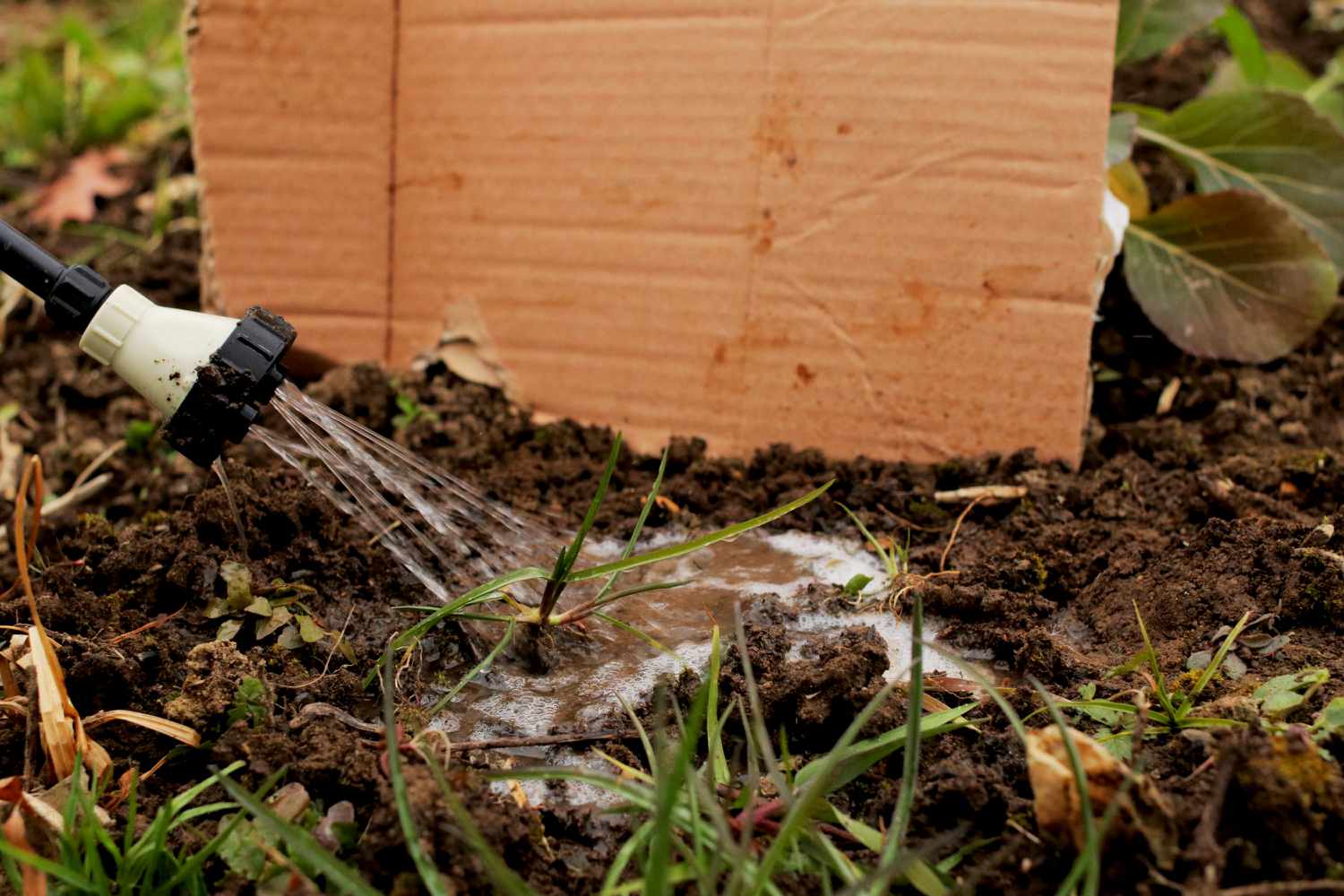
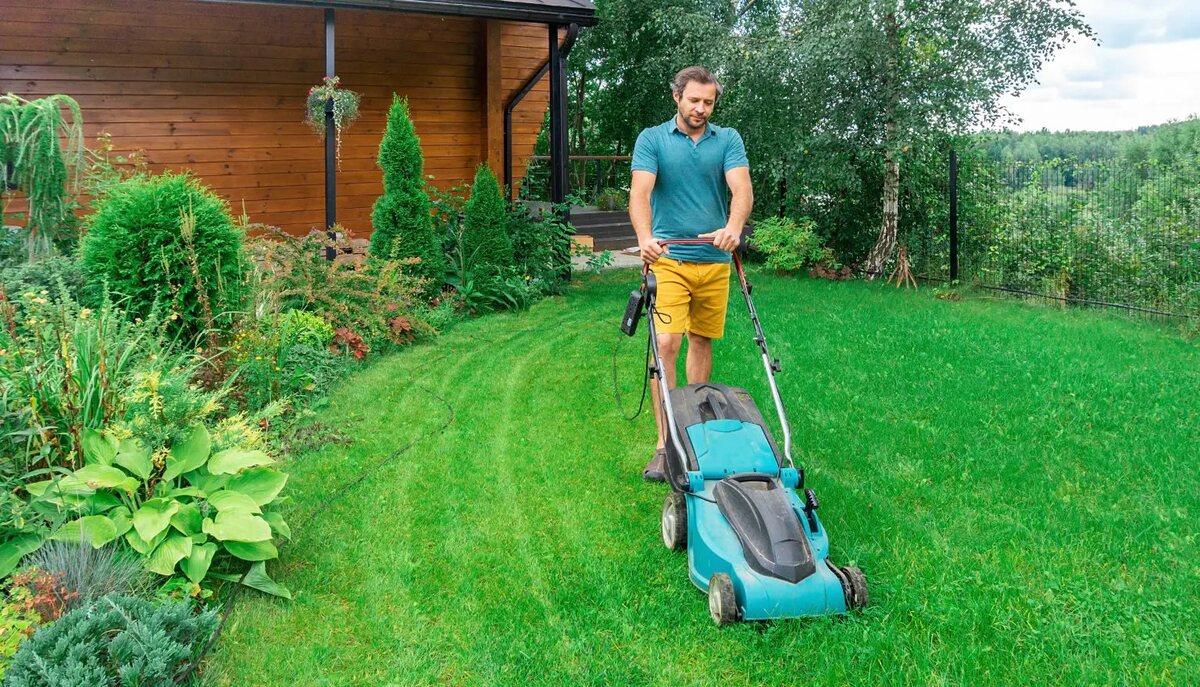
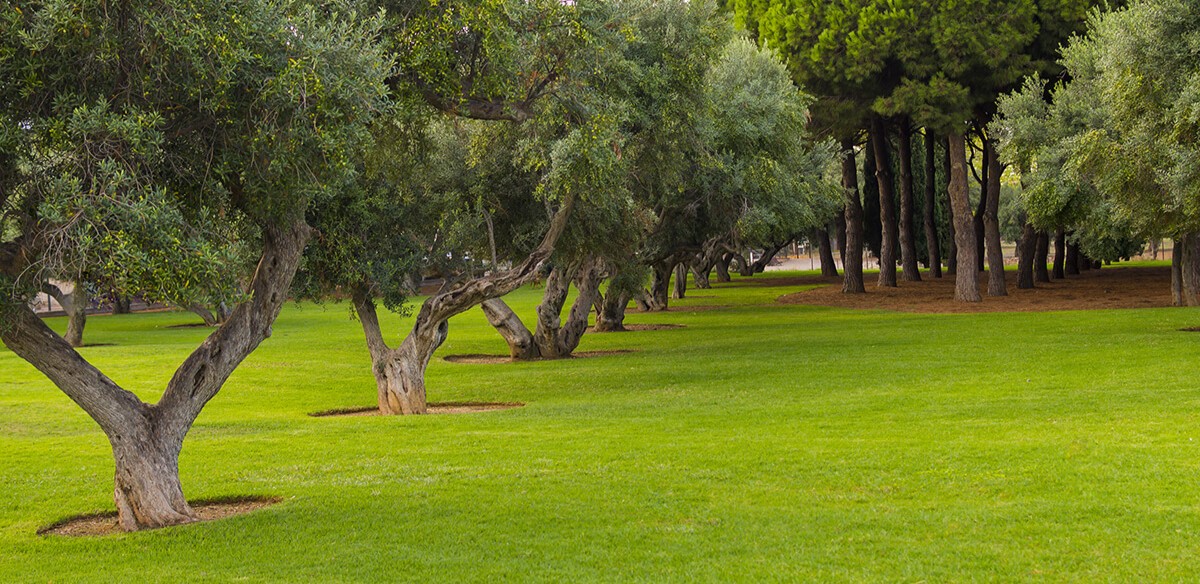
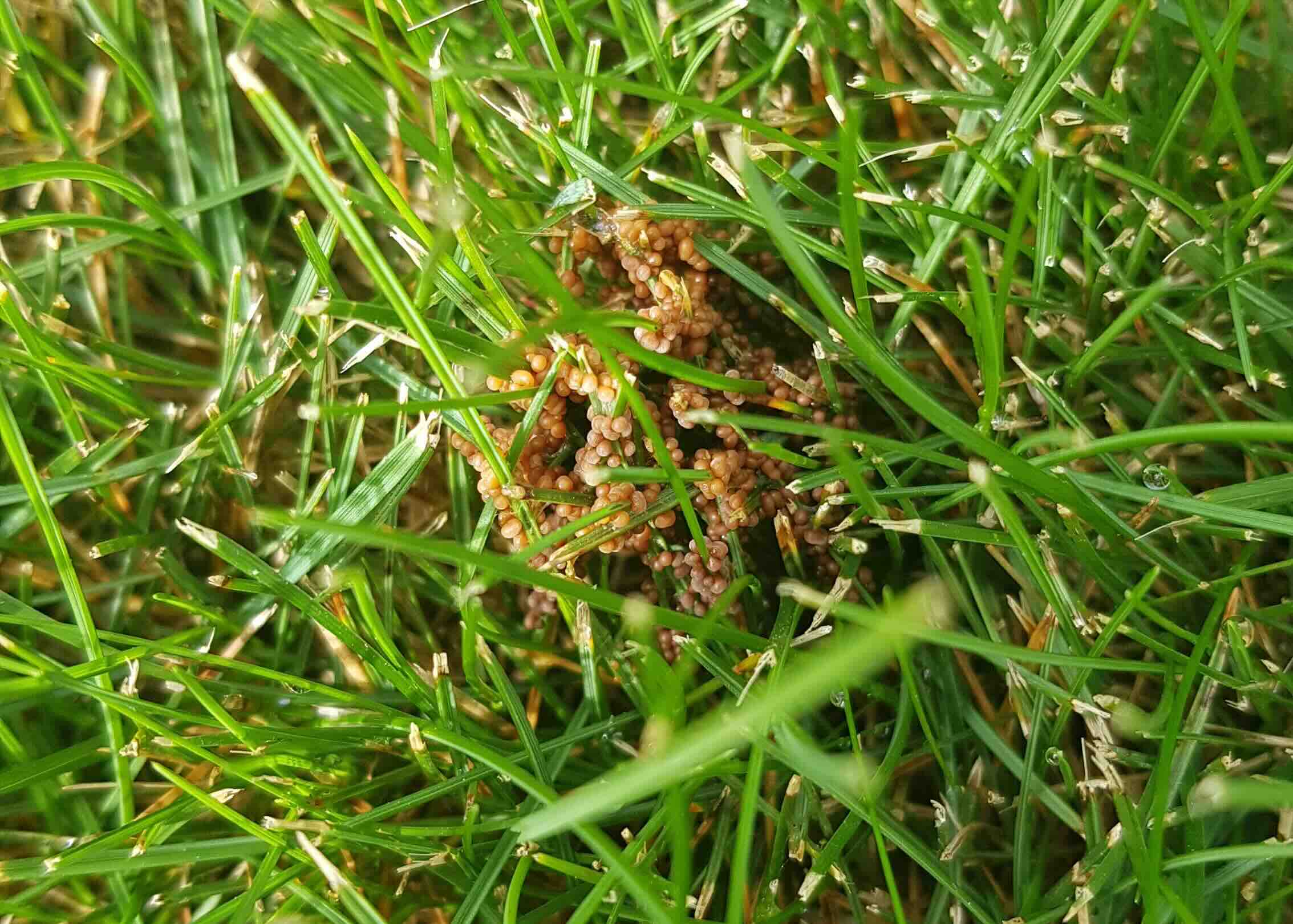
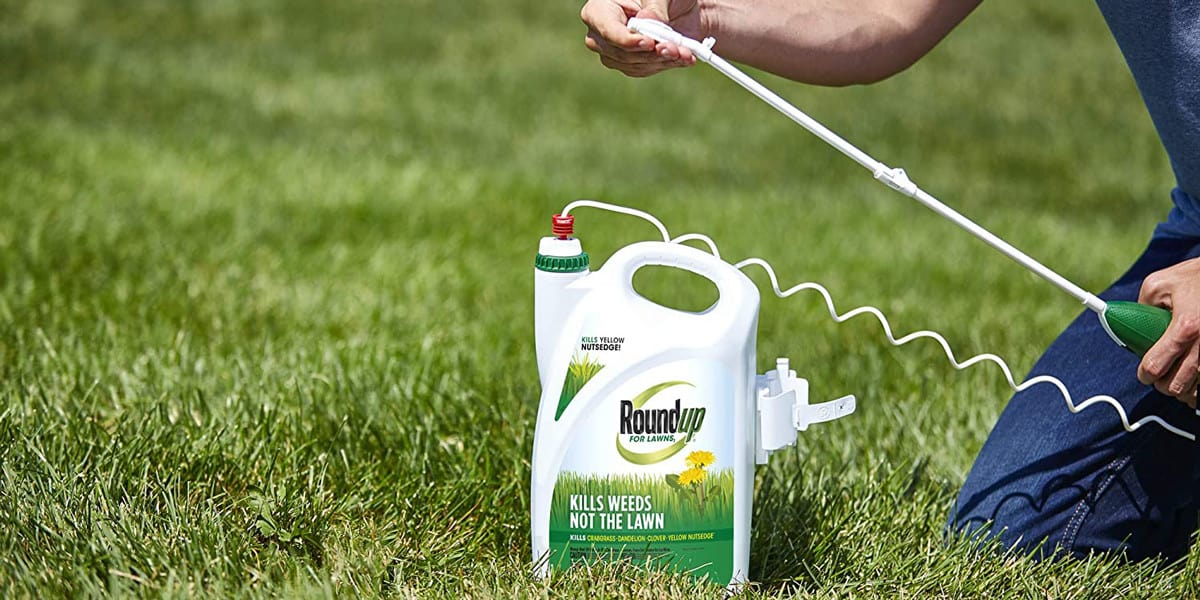
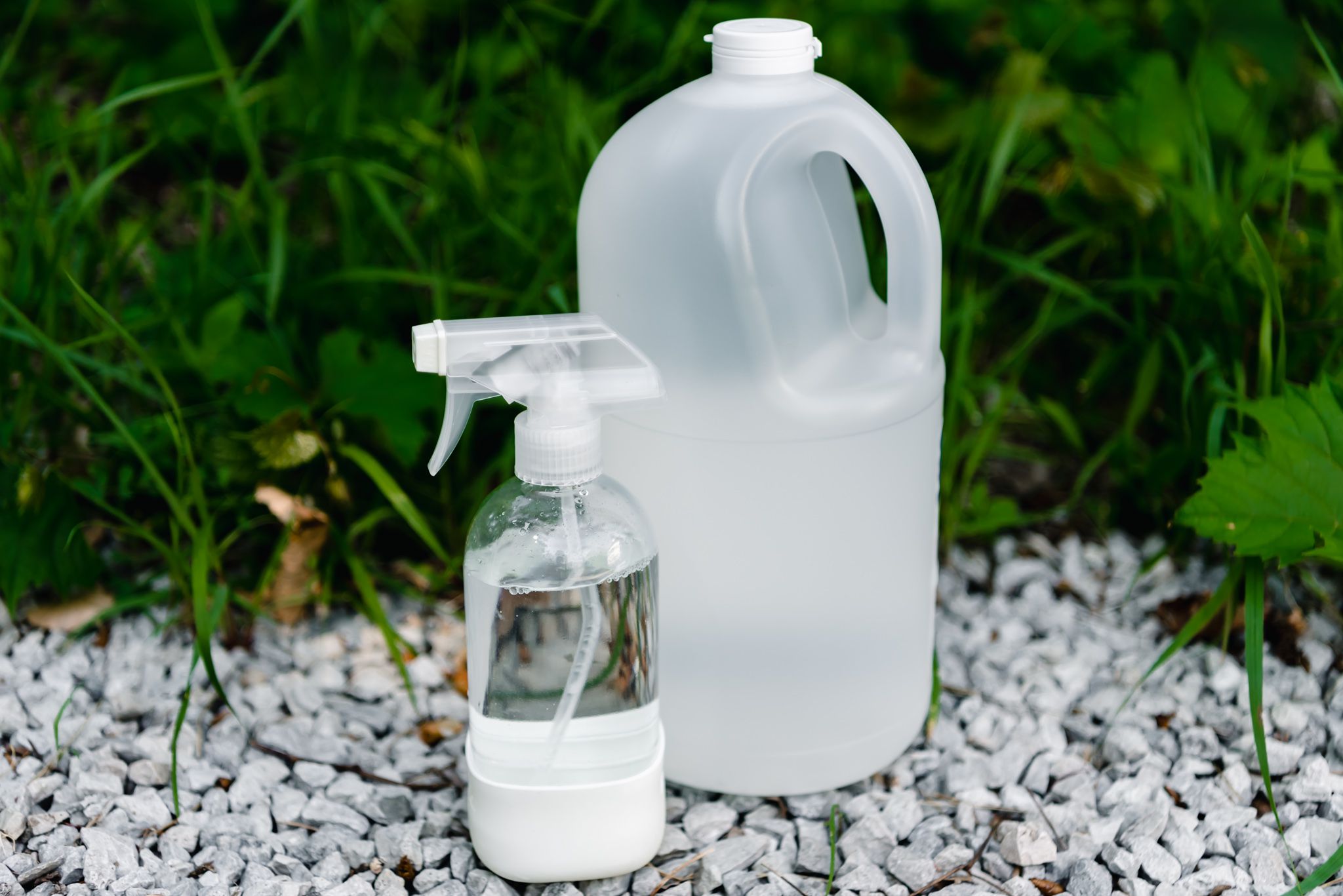

0 thoughts on “What Is The Best Way To Kill Grass”